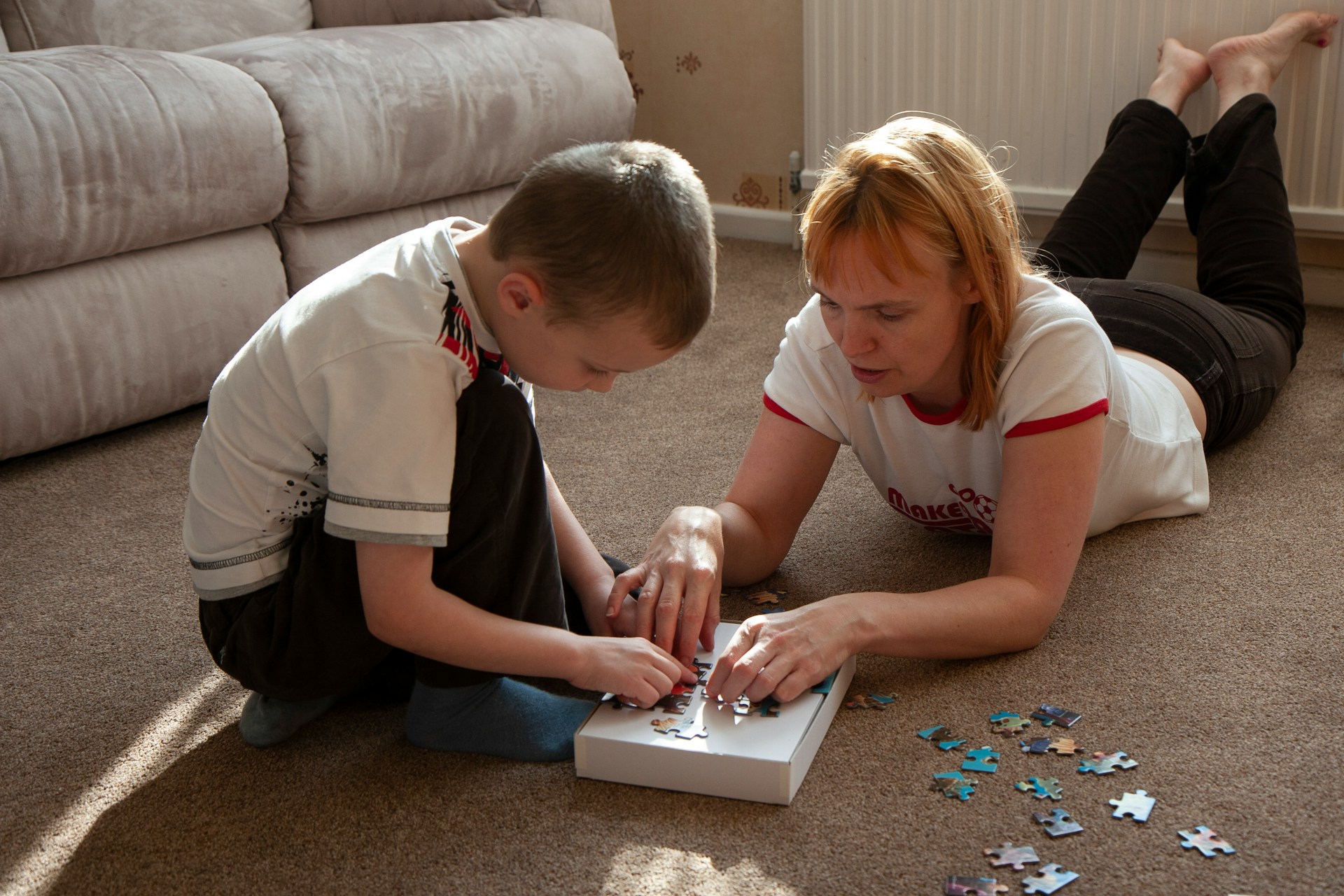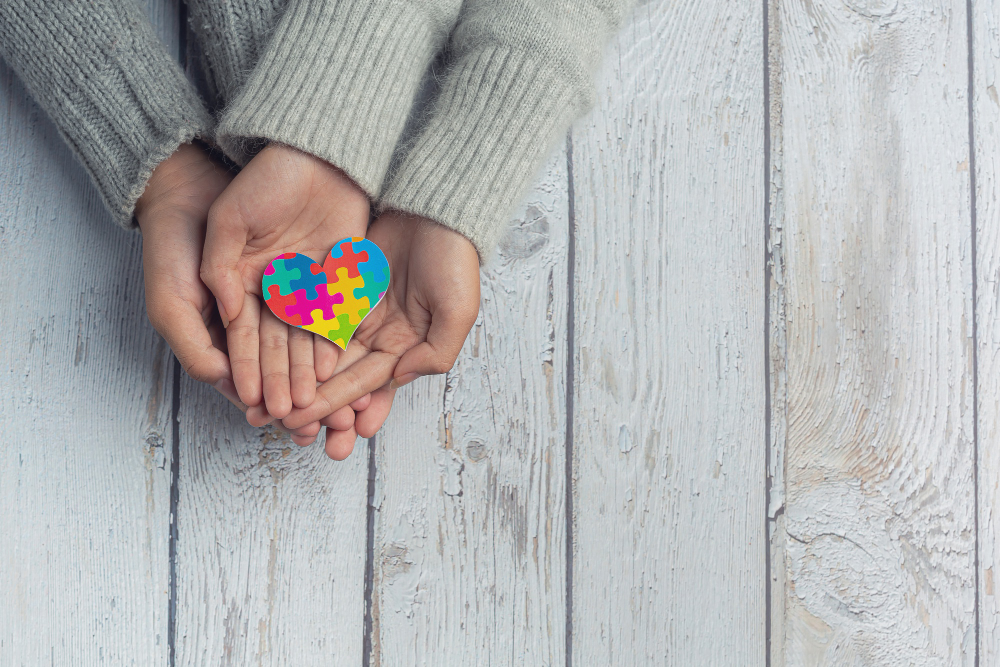
Social Story Use in ABA Therapy
Enhancing Social Skills in Autism: The Power of Social Stories
Understanding Social Stories in ABA Therapy
Social stories have emerged as a highly effective intervention tool within Applied Behavior Analysis (ABA) therapy for supporting individuals with autism spectrum disorder (ASD). Developed by Carol Gray in 1990, social stories serve as personalized, illustrated narratives that guide individuals through social situations, behaviors, and expectations in a structured manner. Their primary purpose is to facilitate comprehension, reduce anxiety, and promote appropriate social responses, making them a valuable addition to any ABA-based intervention plan.
What Are Social Stories in ABA Therapy?

What is a social narrative in ABA therapy?
A social narrative in ABA (Applied Behavior Analysis) therapy is a personalized, descriptive story designed to help children with autism spectrum disorder (ASD) understand social situations and how to behave appropriately in them. It is tailored to the child's level of understanding and often includes visuals like pictures or photographs to support learning, especially for visual learners.
These narratives typically open with an introduction to the situation, followed by descriptive sentences that explain what is happening and how people might feel. They also include perspective sentences to help the child understand others’ viewpoints, directive sentences that guide the child on what to do, and positive affirmations to reinforce good behavior.
Social narratives are applied to teach social norms, manage anxieties, and improve interaction skills. They are valued tools within ABA because they offer a structured, predictable way for children to learn expectations and respond confidently in social settings. Overall, social narratives serve to bridge understanding and promote positive social behaviors in children with ASD.
Methods and Strategies for Implementing Social Stories

Step-by-step creation process
Creating effective social stories involves a structured process. First, identify the specific social behavior or skill that needs reinforcement, such as making eye contact or waiting patiently. Gather detailed information about the individual’s interests, challenges, and current behaviors. Write the story in simple, clear language, ideally in the first person to personalize the message.
A typical social story includes various sentence types: descriptive sentences that provide context, directive sentences that suggest appropriate actions, and perspective sentences that explain how others might feel. To enhance clarity, maintain a balance—usually two descriptive sentences for every directive sentence.
Include visual elements, such as photos or icons, to support understanding. These visuals should be familiar and relevant to the individual. Digital formats like videos or interactive tablets can also make stories more engaging, especially for older children and young adults.
Before deploying widely, review the story with the child or individual, practicing it repeatedly to ensure comprehension. Adjust the language or visuals if needed to increase effectiveness.
Effective language and visuals
The language used in social stories is positive, reassuring, and straightforward. Avoid negative phrasing or complex vocabulary that might cause confusion. For example, instead of saying, “Don’t be naughty,” opt for, “Using kind words helps others feel happy.”
Incorporating visuals is crucial. Pictures should illustrate the scenarios, emotions, and expected behaviors described in the text. For young children, illustrations or photographs are effective, while for older learners, icons or symbols can serve as cues.
Using videos or animations can also illustrate social norms dynamically, making abstract concepts more tangible.
Incorporating social stories into routines
Integrating social stories into daily routines increases their impact. Introduce the story before the relevant activity, such as reading a story about sharing before a playdate or classroom activity.
Revisit the story regularly as part of the schedule. Practice reading the story, engaging in role play, and discussing relevant situations to reinforce learning.
Teachers and parents can embed social stories into classroom activities or daily conversations, helping the child transfer learned skills to real-life situations.
Monitoring and adapting
Continuous monitoring ensures the social story remains effective. Collect data on the child’s behavior before and after story implementation to evaluate progress.
Solicit feedback from the individual, parents, or teachers, and observe changes in social interactions, communication, and compliance.
As the child develops or circumstances change, update the story’s content, visuals, or structure to suit current needs. Flexibility is crucial to maintain relevance and promote positive outcomes.
Benefits of Using Social Stories for Individuals with Autism

Why are social stories beneficial for individuals with ASD?
Social stories are an effective tool for individuals with Autism Spectrum Disorder (ASD) as they offer clear, visual explanations of social situations. Developed by Carol Gray in the early 1990s, these stories help reduce feelings of anxiety and confusion by providing structured and predictable information about social norms and expectations.
Social stories describe events, behaviors, and social norms in simple, engaging language accompanied by pictures or illustrations. This format helps children understand what to expect and how to act in various scenarios, from making eye contact to sharing toys. They serve as a visual guide that makes abstract social concepts more concrete.
Beyond explaining social cues, social stories also support skill development and reinforcement. They can be tailored to individual needs, addressing specific challenges such as emotional regulation, safety, or manners. For instance, stories about listening, patience, or respecting personal boundaries can promote positive behavior. Repeated use and practice reinforce learning, boosting children’s confidence.
By clarifying expectations and teaching appropriate responses, social stories foster greater independence in social interactions. Children with ASD often experience heightened anxiety in new or complex social contexts. With social stories, they gain a sense of predictability and control, which strengthens their confidence and helps them navigate different environments more comfortably.
Overall, social stories are a versatile, researched-based intervention that support social understanding, teach new skills, and promote emotional well-being. Their customizable nature makes them a valuable resource for both parents and educators committed to helping children with ASD thrive in social settings.
Supporting Behavior Change and Skill Development

How do social stories support behavior change and skill development in individuals with autism?
Social stories are a popular and effective tool in helping individuals with autism develop social skills and modify behavior. Developed by Carol Gray in 1990, these short, personalized stories describe social situations and the appropriate responses using simple, positive language and visual aids. They serve to clarify social expectations, routines, and norms, making them easier for children to understand.
A major way social stories influence behavior is by fostering self-awareness. Through descriptive sentences, children learn to recognize their own feelings and how others might feel in specific contexts. Perspective sentences help children see social situations from others' points of view, encouraging empathy and understanding.
Directive sentences gently guide children toward appropriate responses, promoting positive behavior. The stories are often customized with a child's name, pictures, and interests, which increases engagement and relevance.
Using visual supports, such as pictures or photographs, enhances comprehension for children with delays in language or processing skills. Regular reading and practice of social stories before specific activities or events can prepare children mentally, reducing anxiety and increasing compliance.
Parents, teachers, and therapists often incorporate social stories into daily routines or specific situations, such as starting school or visiting a new place. This repeated, reinforced approach helps internalize social norms and calm behavioral challenges.
Research supports these benefits. For example, a 2015 study involving 30 children with autism found that social stories training significantly improved social interactions, including increased eye contact, initiation, and appropriate responses.
Overall, social stories are valuable for teaching social communication, managing challenging behaviors, and supporting overall developmental progress. Their adaptable nature makes them suitable across diverse settings—from homes to inclusive classroom environments—and across age groups, making them one of the most trusted autism resources.
| Aspect | Description | Purpose |
|---|---|---|
| Personalization | Customizing stories with child's name, interests, and pictures | Increase relevance and engagement |
| Visual Support | Using photos or drawings within stories | Enhance understanding for visual learners |
| Repetition | Frequent reading and practice | Reinforce behaviors and decrease anxiety |
| Contextual Use | Prepping for new routines or environments | Reduce behavioral issues and promote independence |
| Content Structure | Introductory, descriptive, perspective, directive, and affirmative sentences | Clarify expectations and guide responses |
Social stories remain a practical, evidence-based resource for promoting positive change and skill development in children with autism, supporting their journey toward greater independence and social competence.
Evidence-Based Practice and Research Findings
Is there research supporting the use of social stories?
Research supports the effectiveness of social stories as a valuable intervention for children with autism spectrum disorder (ASD). Studies, such as one conducted in 2015 involving 30 children with autism, demonstrated that social stories significantly improve social interaction skills. These stories teach children to recognize social cues, understand emotions, and respond appropriately in various situations. The structured format—incorporating descriptive, perspective, and directive sentences—helps tailor each story to meet individual needs and learning levels.
How effective are social stories in different settings?
Social stories are versatile and have been utilized across multiple environments, including home, special education classrooms, and outdoor settings. Recent research has extended their application into inclusive classrooms, showing promising results. For example, a study focusing on children with autism in inclusive classrooms found that the intervention increased appropriate social responses and reduced inappropriate behaviors. The stories' engaging visual and textual format makes them adaptable for various learning environments, proving effective in promoting social understanding.
How are social stories integrated into ABA treatment plans?
Social stories are a common component of Applied Behavior Analysis (ABA) programs. They are incorporated into treatment plans to support social skill development by providing clear, achievable examples of desired behaviors. In practice, therapists and educators read social stories, answer comprehension questions, and often include role-play exercises. This multi-faceted approach encourages generalization of skills and helps children practice in real-life situations. The simplicity of crafting social stories—using apps and customizable templates—makes them an accessible tool for ABA practitioners.
What are the measurable outcomes of social stories?
The primary outcomes include improved social communication behaviors, increased engagement during social interactions, and a decrease in challenging behaviors. For instance, the aforementioned 2015 study reported sustained improvements in children’s ability to initiate social interactions, such as raising their hand or making eye contact. These behaviors were tracked over time, confirming the long-term benefits of integrating social stories into intervention strategies. Moreover, outcomes can be tailored to specific goals, like developing self-care routines or understanding classroom expectations, allowing for precise measurement of progress.
| Aspect | Description | Supporting Evidence |
|---|---|---|
| Settings | Home, school, outdoor, inclusive classrooms | Multiple research studies confirm effectiveness across environments |
| Target behaviors | Social interactions, communication, emotional understanding | Studies report increased appropriate responses |
| Implementation | Reading stories, answering questions, role-play | Demonstrated in therapeutic and educational programs |
| Outcomes | Behavior improvements, anxiety reduction, social skill development | Data shows measurable progress over time |
In conclusion, social stories serve as a well-supported and adaptable tool within ABA interventions, contributing to meaningful advancements in social understanding and behavior management for children with ASD.
Creating Effective Social Stories and Resources

How can I create effective social stories for my child or student?
Creating impactful social stories requires careful planning and personalization. Begin by identifying specific social situations or behaviors that your child or student finds challenging or confusing. Tailor the story content to address these scenarios, making it relevant and meaningful.
Use clear, simple language with a positive tone. Stories are often written in the first person to promote comfort and recognition. Incorporate visuals, such as pictures or photographs, to reinforce the messages and increase engagement.
Balance the story with descriptive sentences that explain the event or social norm and directive sentences that suggest expected actions. Prioritize descriptive over directive content to foster understanding.
Share the stories repeatedly before the actual event or situation, and observe how the individual responds. After some consistent use, evaluate their effectiveness in helping the person understand and navigate social situations. Remember, the goal is to enhance understanding and self-regulation, not to enforce behavior change directly.
Resources and Templates for Creating Social Stories
Numerous online resources offer templates and examples that can help in crafting personalized social stories. Websites dedicated to autism resources provide free or paid templates, guiding caregivers and educators through the process.
Some resources include:
- Customizable templates with prompts for personal details, visuals, and story structure.
- Collections of pre-made stories on common topics like sharing, waiting, or safety.
- Video social stories, which are engaging and can be viewed repeatedly.
Customization for Individual Needs
Every child or learner is unique. When creating a social story, consider their age, language abilities, interests, and specific challenges. Use familiar vocabulary and relatable pictures to maximize understanding.
For children with different comprehension levels, stories can be simplified or elaborated. You may also include their favorite characters or themes for greater motivation.
Evaluating the Effectiveness of Social Stories
To ensure social stories are helpful, observe changes in behavior and understanding over time. Are the child or student responding with more appropriate social interactions? Are they less anxious or confused?
Adjust the stories as needed, adding details or changing images to better suit their evolving needs. Consistent use and positive reinforcement tend to yield the best results.
By personalizing, utilizing available resources, and continuously assessing their impact, caregivers can maximize the benefits of social stories for social understanding and skill development.
The Impact of Social Stories in ABA Interventions
Social stories have established themselves as a versatile and evidence-based tool within ABA therapy, assisting children with autism in understanding social norms, reducing anxiety, and developing essential social skills. Their simple yet personalized format makes them adaptable across various settings—home, school, and therapy—and for individuals with diverse needs and developmental levels. As ongoing research continues to support their efficacy, social stories are likely to remain a fundamental element in the repertoire of ABA interventions, empowering individuals with ASD to navigate the social world more confidently and independently.
References
- Social Stories - ABA Educational Resources
- Free library of Social Stories for Autism | Autism Behavior Services, Inc.
- Using Social Stories to Improve Your Child's Understanding ...
- Social Narratives in Context of Applied Behavior Analysis?
- A Social StoriesTm Intervention Package for Students with Autism in ...
- Social Stories for Autistic Children – The Ultimate Guide
- Free library of Social Stories for Autism | Autism Behavior Services, Inc.
- Social Stories - ABA Educational Resources
- Social Story Sampler – Carol Gray
- Social Stories For School | Free Library - Autism Little Learners


Partner with us on your child's journey
Milestone Achievements offers evidence-based ABA therapy to help children with autism reach their full potential. Together we’ll set meaningful goals and celebrate progress every step of the way.
Start ABA Services Today





